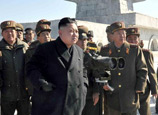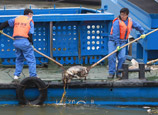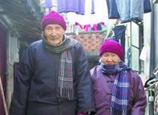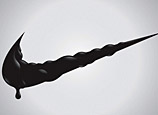
The spectacular Shanghai China Art Museum and the Power Station of Art both opened last October 1 as dramatic high-end venues to boost the city's cultural atmosphere and put Shanghai on the world art map.
Many visitors like them. Just concluding an exhibition on loan from the Musee d'Orsay that ran for several months, the Art Museum is itself a towering tourist magnet, located in the renovated majestic China National Pavilion of the Shanghai 2010 World Expo. Nearly 300,000 people visited the crimson museum in Pudong New Area during the Spring Festival, making it one of the hottest destinations in the city. The architecture itself is considered a work of art.
The Power Station of Art, a government-assisted contemporary art museum, is located in the vast renovated Nanshi Power Plant with a 154-meter-high smokestack on the banks of the Huangpu River in Huanpu District. It was the main venue of the Shanghai Biennale. It now exhibits works on loan from the Pompidou Centre.
Both venues have set a very high standard, seeking to attract prestigious exhibitions and big-name artists. Early on, the municipal government said it wants to create cultural landmarks, the Chinese equivalents of the Louvre and Pompidou museums in Paris.
However, both venues are located in areas that so far are not easily accessible. Areas around both venues are yet to be developed to make the destinations more attractive. A grand culture zone, with galleries, cafes and entertainment, is said to be planned in the area of the Shanghai China Museum of Art in Pudong New Area. But that may take years to materialize.
Besides, a number of Chinese artists feel the high entry-bar for exhibitions set up by both museums would exclude them, making for a less lively and diverse local art scene.
 |
















 When women earn bread, men are leftover
When women earn bread, men are leftover


![]()
